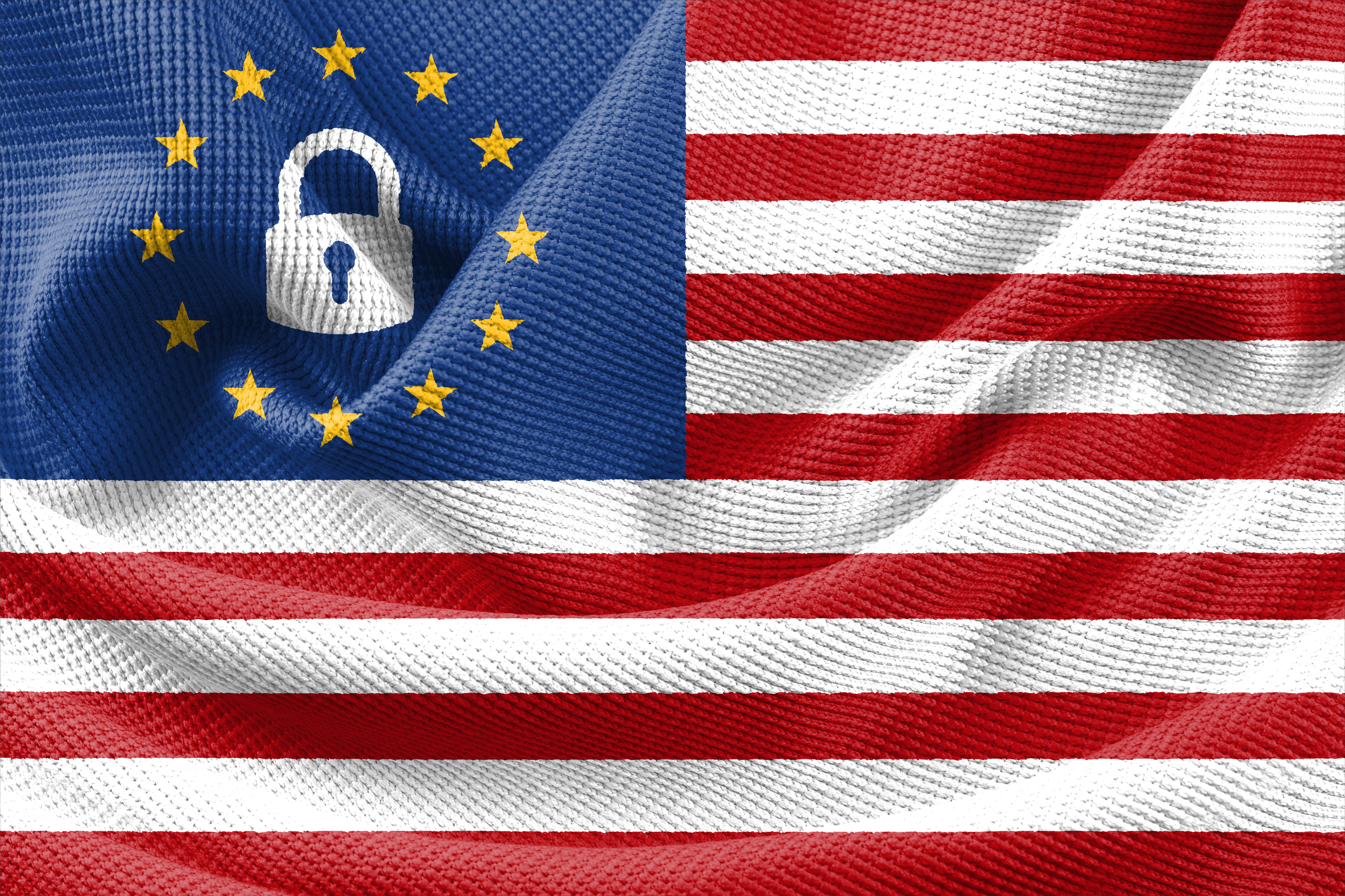In Bilski v. Kappos the U.S. Supreme Court affirmed the U.S. Patent and Trademark Office’s rejection of patent claims to a business method for hedging risk in commodities trading. However, the sharply divided Court upheld the patentability of business methods as a category and disapproved of the U.S. Court of Appeals for the Federal Circuit’s machine-or-transformation test for determining subject matter patentability. The Bilski decision reaffirms or at least does not question the patentability of various technologies including software-based inventions.
In its decision, the Federal Circuit had set forth a machine-or-transformation test for determining whether a process or method is eligible for patenting under 35 U.S.C. §101. Under the Federal Circuit’s machine-or-transformation test, a process was eligible for a patent only if: “(1) it is tied to a particular machine or apparatus, or (2) it transforms a particular article into a different state or thing.” The U.S. Supreme Court granted Bilski’s petition for review and rendered its opinion on June 28, 2010. U.S., No. 08-964.
Justice Kennedy authored the Court’s opinion. The Court concluded that the machine-or-transformation test is too limiting and that it should not be “the sole test” for determining patentable subject matter eligibility. After stating that “Congress plainly contemplated that the patent laws would be given wide scope,” Justice Kennedy sought to rein in the scope of subject matter patent eligibility by restating the three Supreme Court established exceptions to the statute’s “broad patent-eligibility principles.” Specifically, “laws of nature, physical phenomena, and abstract ideas” are not patentable subject matter.
The Court found that Bilski’s claims were directed to abstract ideas and, therefore, not patentable subject matter. The Court’s opinion, however, offers little guidance as to how to determine what is or is not an abstract idea. Justice Breyer’s concurrence, which Justice Scalia joined, attempts to offer some clues in this regard.
Justice Stevens wrote a concurring opinion joined by three other Justices stating that he would have held that business methods were per se not patentable subject matter.
The Court left it open for the Federal Circuit to develop a less restrictive test for making the subject matter eligibility determination. “In disapproving an exclusive machine-or-transformation test, we by no means foreclose the Federal Circuit’s development of other limiting criteria that further the purposes of the Patent Act and are not inconsistent with its text.”
Bilski was perceived as a case that could render entire categories of patents worthless, including not only business methods, but also various other “Information Age” patents such as medical diagnostics and other software-based patents. However, that did not occur. The Court majority has a fairly expansive view of patentable subject matter eligibility and this should put to rest questions regarding the patentability of these technologies.
Soon after the Bilski opinion issued, the USPTO released a memorandum to the examining corps instructing them to, at least in the interim, continue to use the machine-or-transformation test to determine patentable subject matter eligibility and issue rejections if the claimed invention does not meet the test. However, we would expect that with the considerable shadow that Bilski casts on the machine-or-transformation test, non-patentable subject matter rejections based on the test would fall out of favor at the USPTO and that the office would instead concentrate its efforts in determining whether the claimed invention is novel, non-obvious, and fully and particularly described.
Additional Information
For additional information, please contact Luis Carrion at 216.363.4635 or lcarrion@beneschlaw.com.
